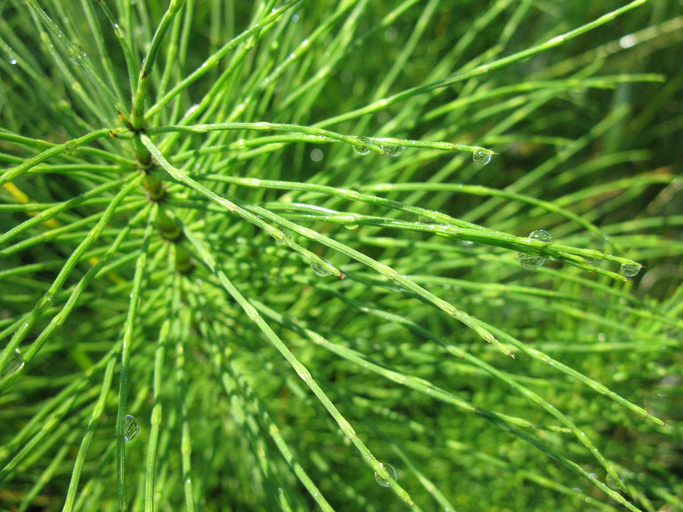Architectural plants can bring harmony and balance to your garden. Their size and stature is just what the landscaper ordered when it comes to connecting elements and creating the ambiance clients desire.
Integrating architectural plants into the layout isn’t difficult if you pay close attention to the following factors.
1. Consider Long-Term Growth
Small saplings grow into big trees, and short vines can quickly engulf a house. When choosing architectural plants, it’s crucial to consider how large plants will grow and what their standard growth rate and life cycle will be.
2. Always Consider the Environment and Necessary Care
Some plants do well in Florida’s climate, while others are not native and require additional TLC to survive and thrive beneath the hot, humid sun of summer. While architectural plants may look pretty in the catalog or on the golf course where you first saw them, always confirm that the plants you want to have included in your landscape are well-suited for the regional climate and existing growing conditions.
3. Plan for Pruning & Care
The pruning and care needs of each plant can vary considerably. Before choosing plants for your landscape layout, make sure that you know and understand the best ways to maintain your plants and keep them healthy and growing.
When choosing architectural plants with your landscape designers for inclusion within your South Florida property, the following are some species that do well in the climate and bring considerable life and vibrant flair to the property:
Shrubs: Oleander, Sea Grape, Wax Myrtle, Eugenia, Bird of Paradise, and Bougainvillea are popular and easy-to-maintain shrubs that can be used to create barriers and define features within the landscape.
Palms: Silver Palm, Scrub Palmetto, Dwarf Palmetto, Cabbage Palm and Florida Thatch Palm are native trees that do well in the climate. These are well suited for the climate and soil conditions in South Florida.
Trees: Sweet Acacia, Marlberry, Black or Red Mangrove, Southern Red Cedar, Sweet Magnolia, Southern Slash Pine and Live Oak love South Florida’s climate. These trees grow tall and strong and are capable of weathering the ever-changing moisture and soil conditions in the region.
Plant Professionals
We invite you to contact Plant Professionals for help with your garden design and choosing plants in Florida for your landscape. Our landscape designers will be happy to help you develop the landscape of your dreams in Miami and throughout South Florida.

